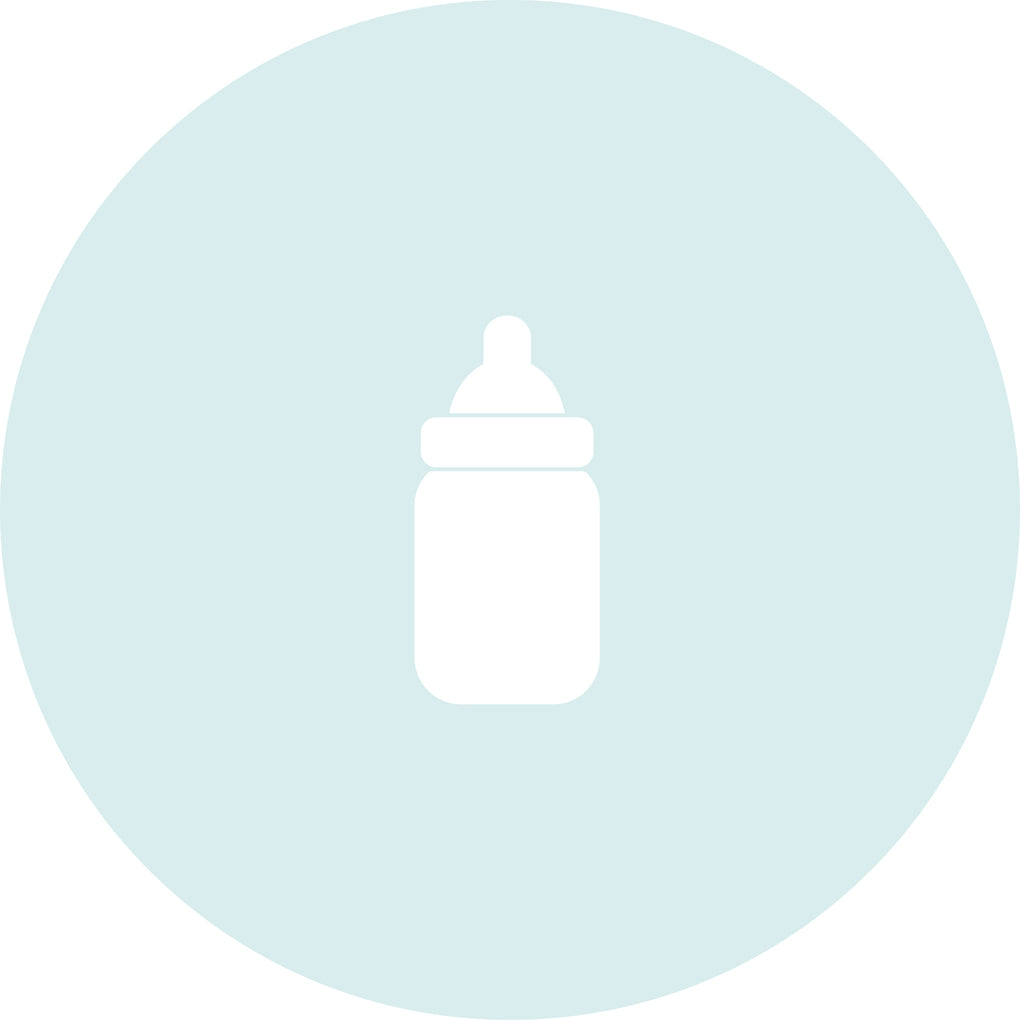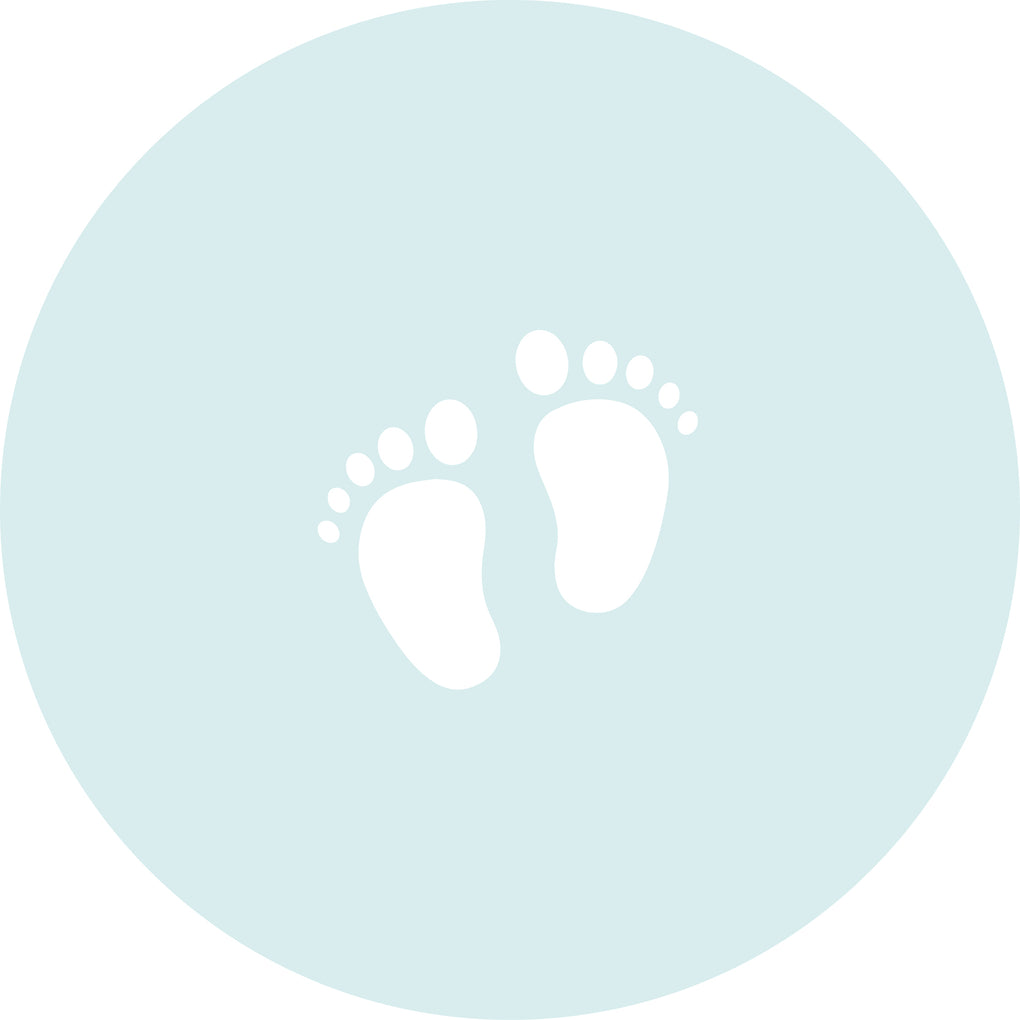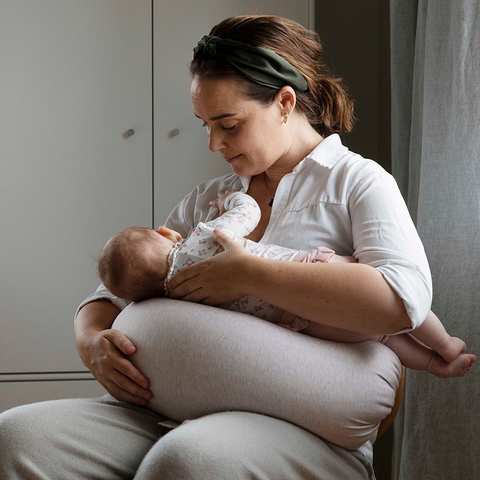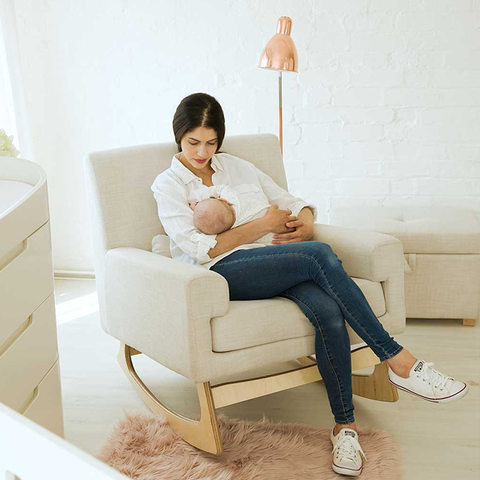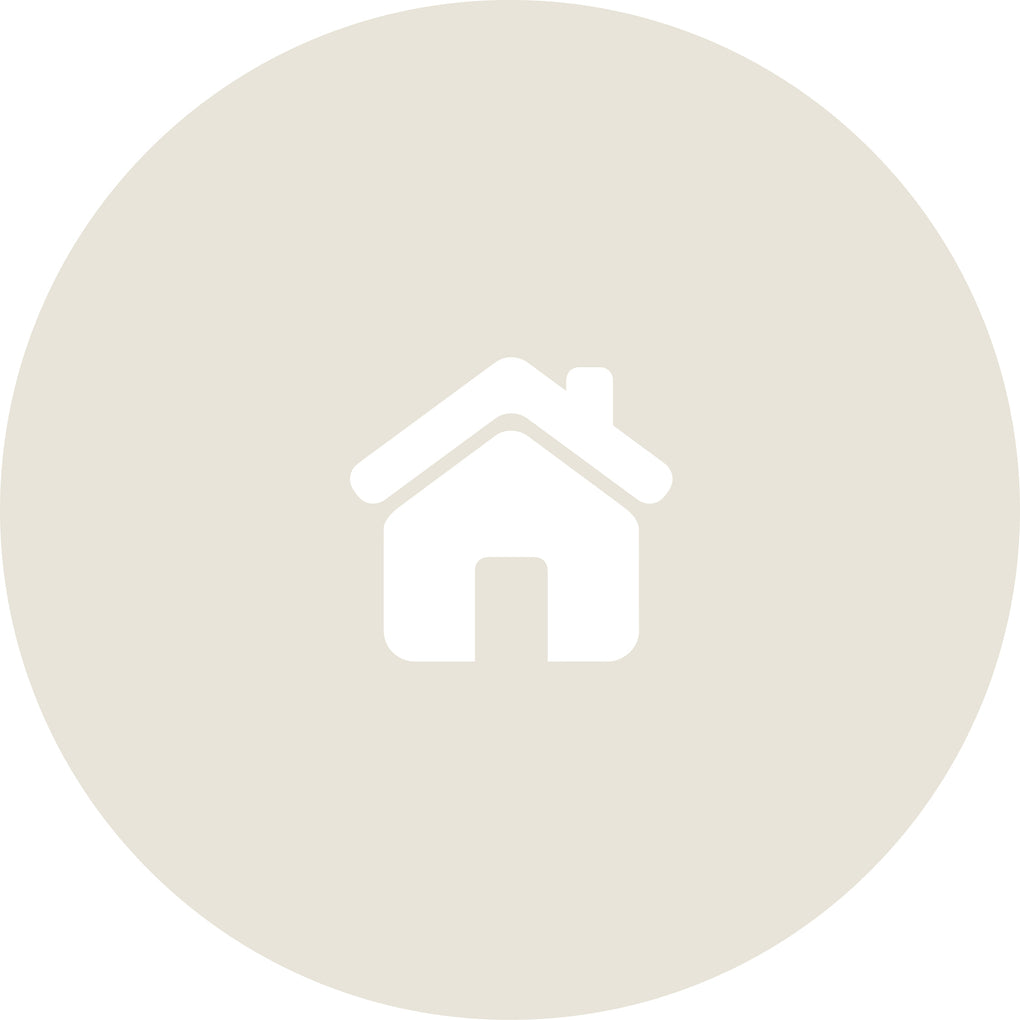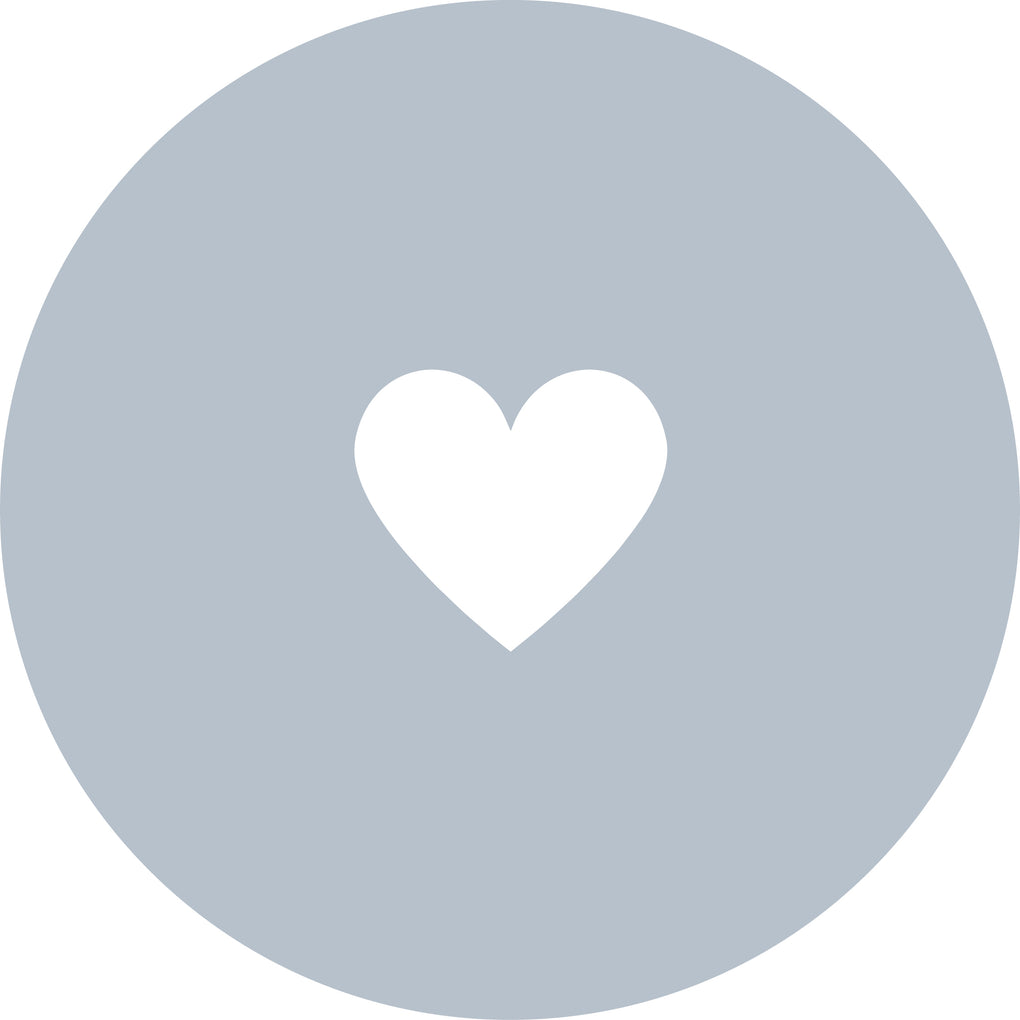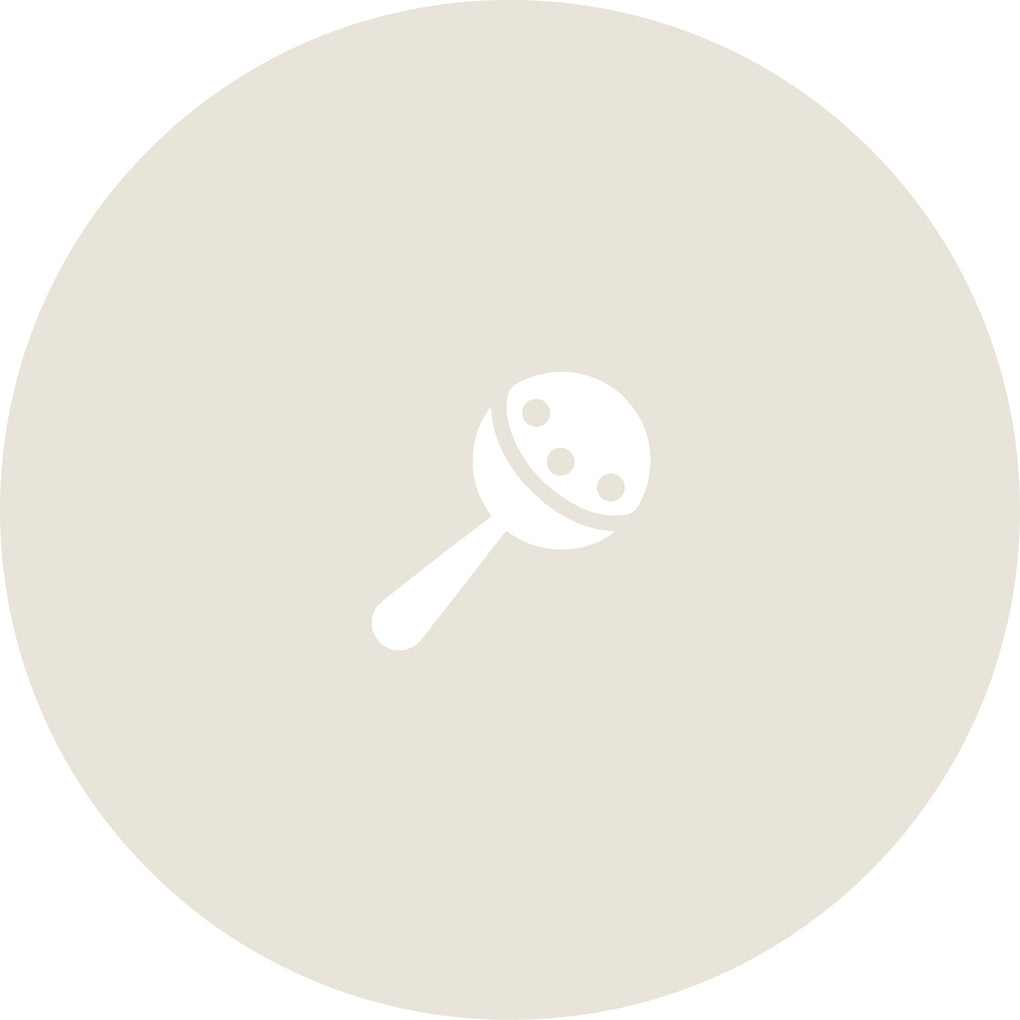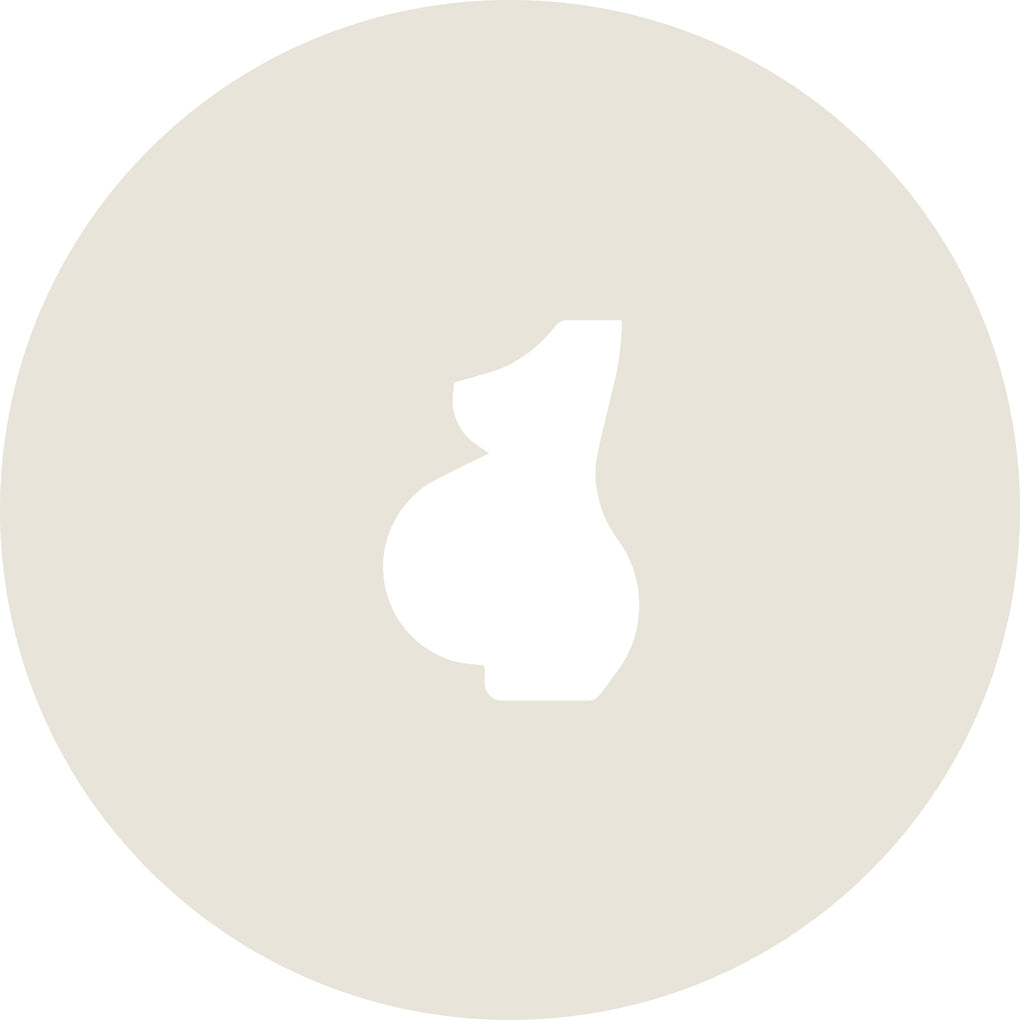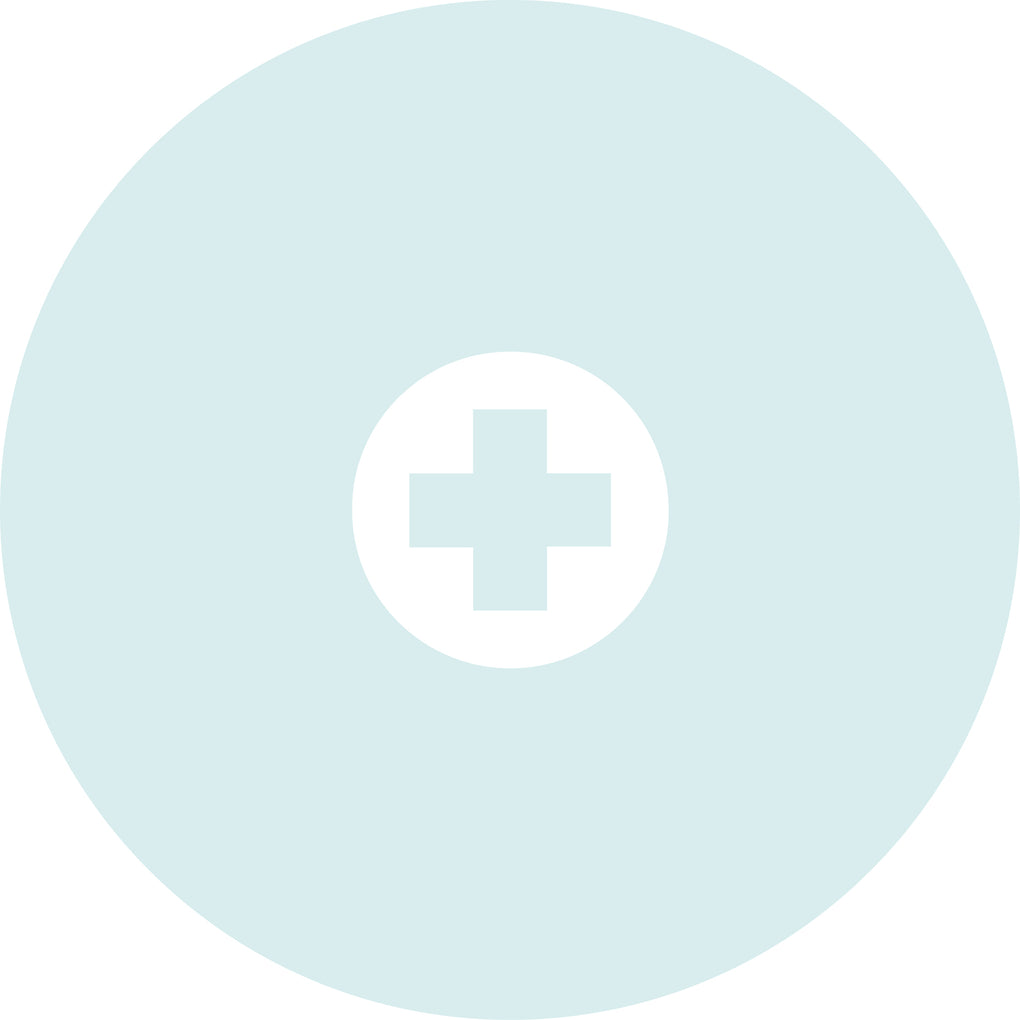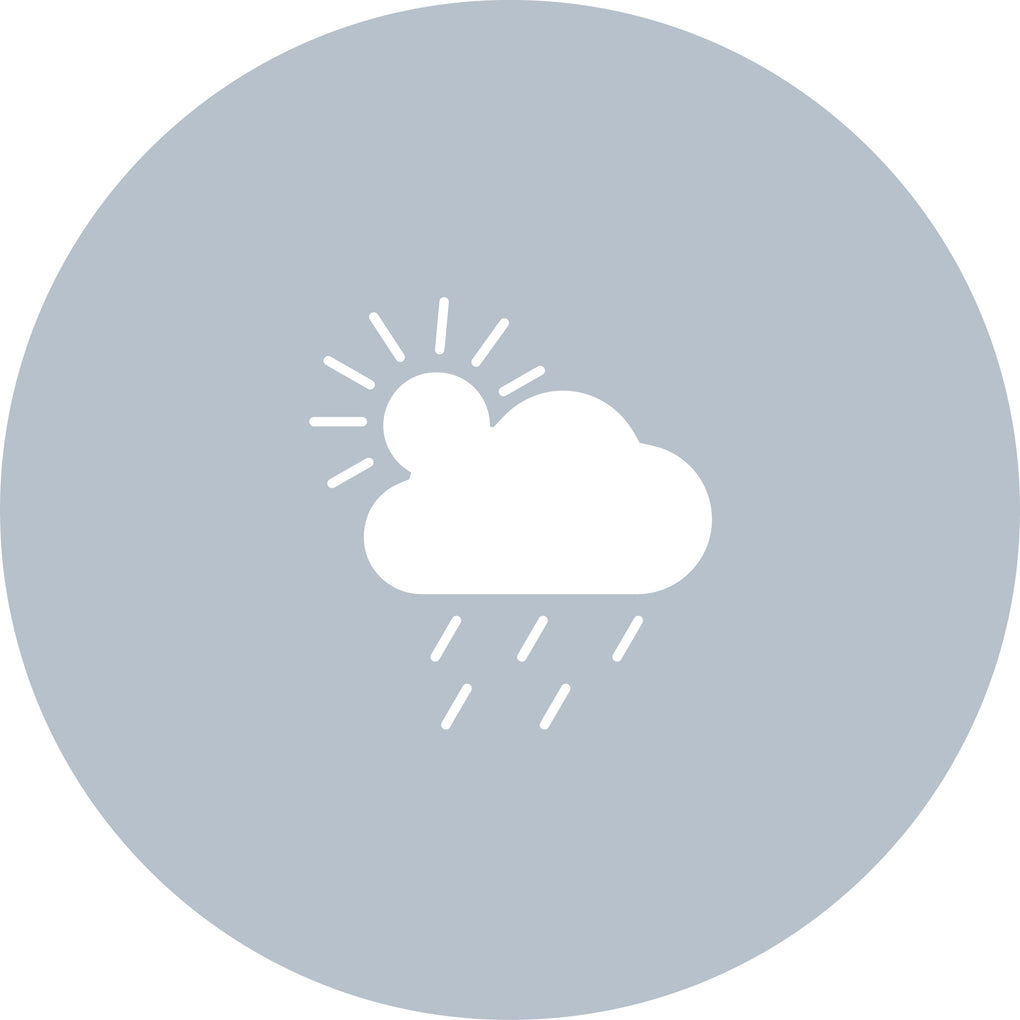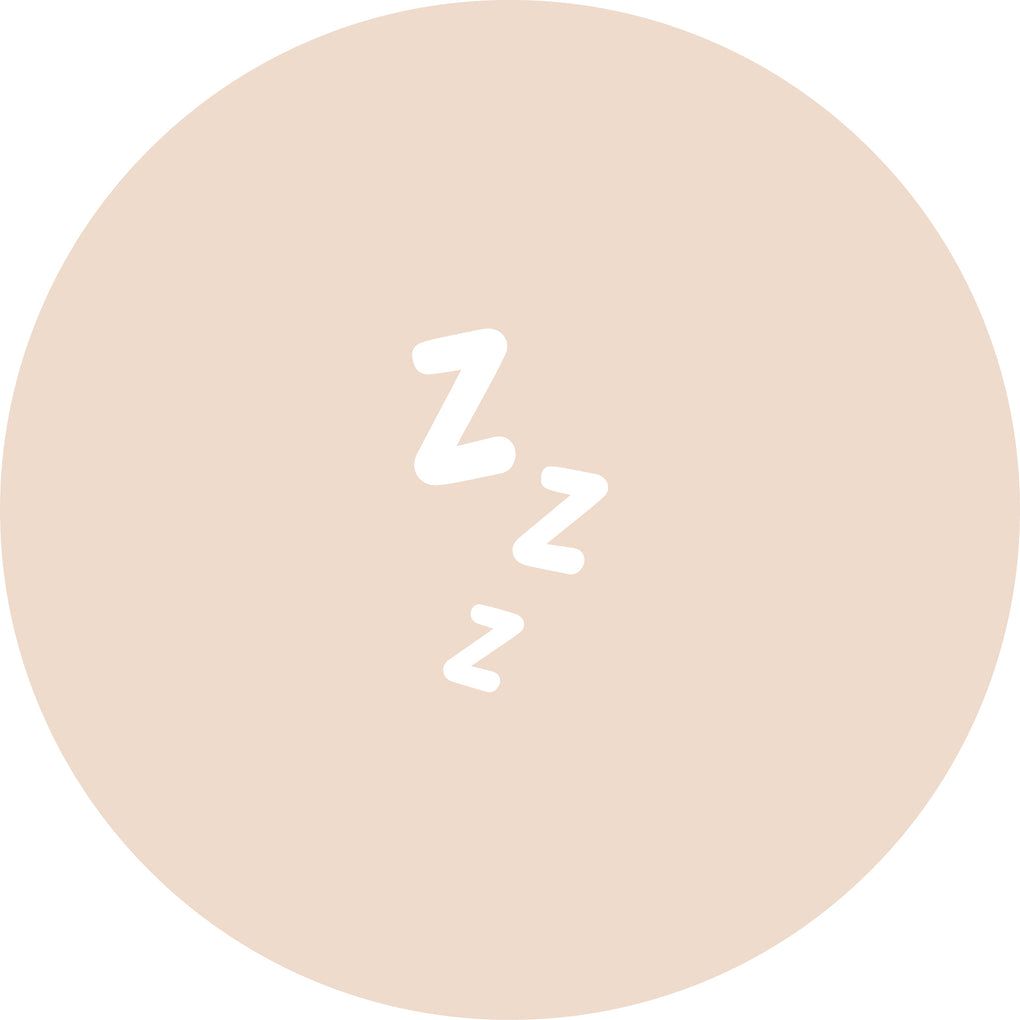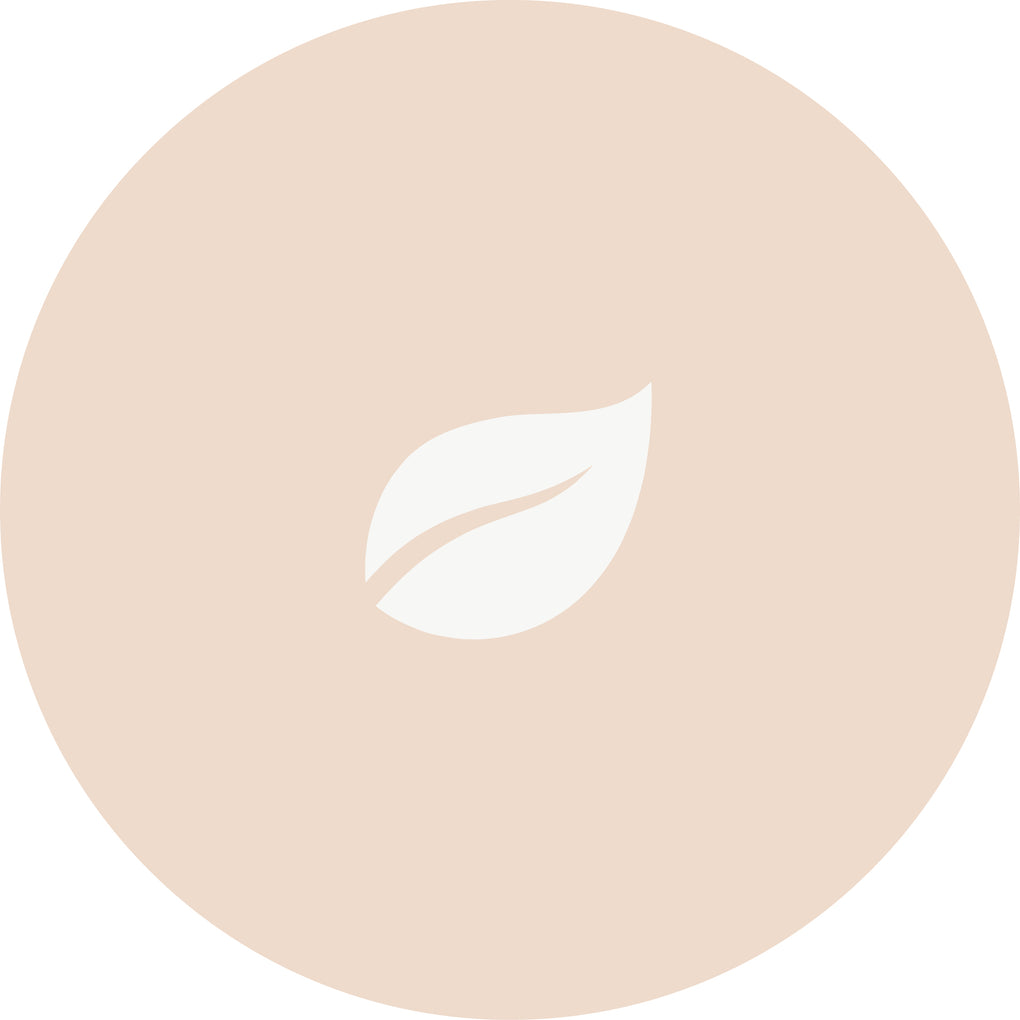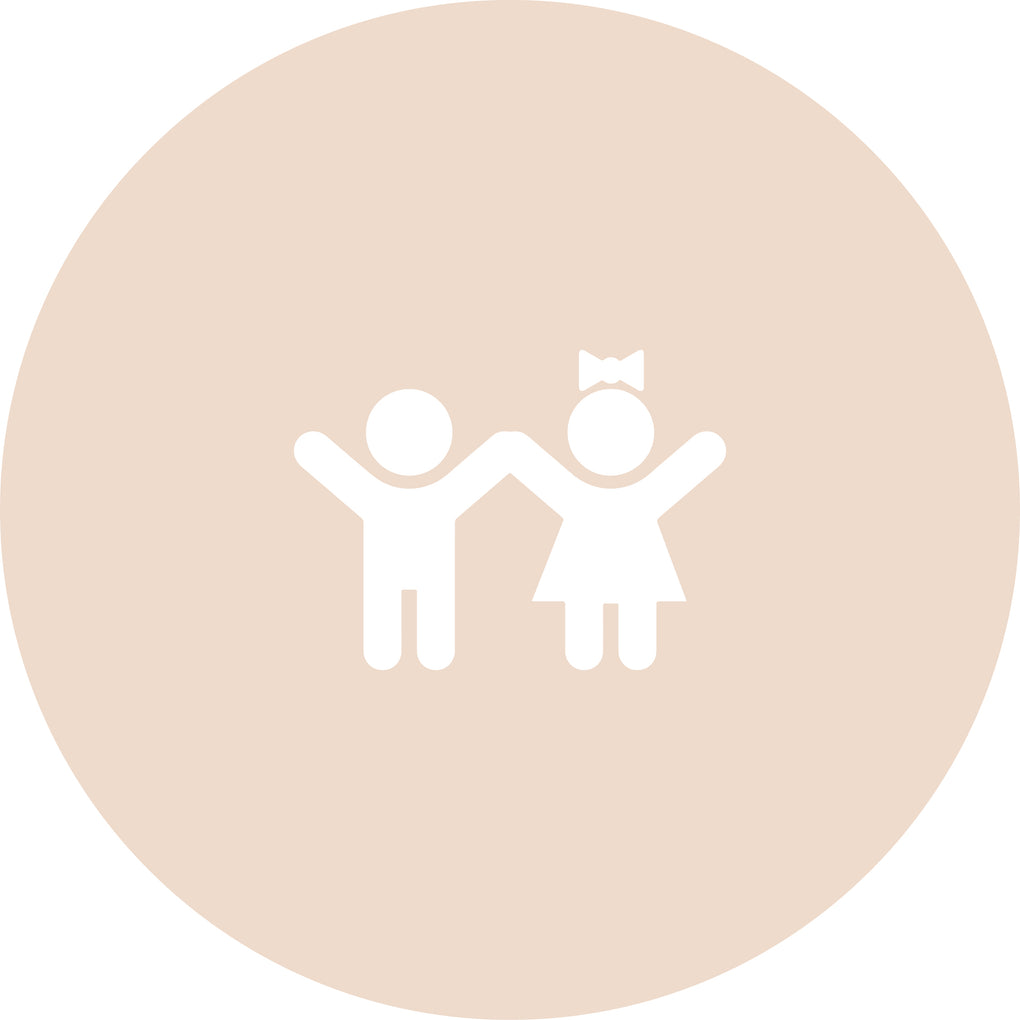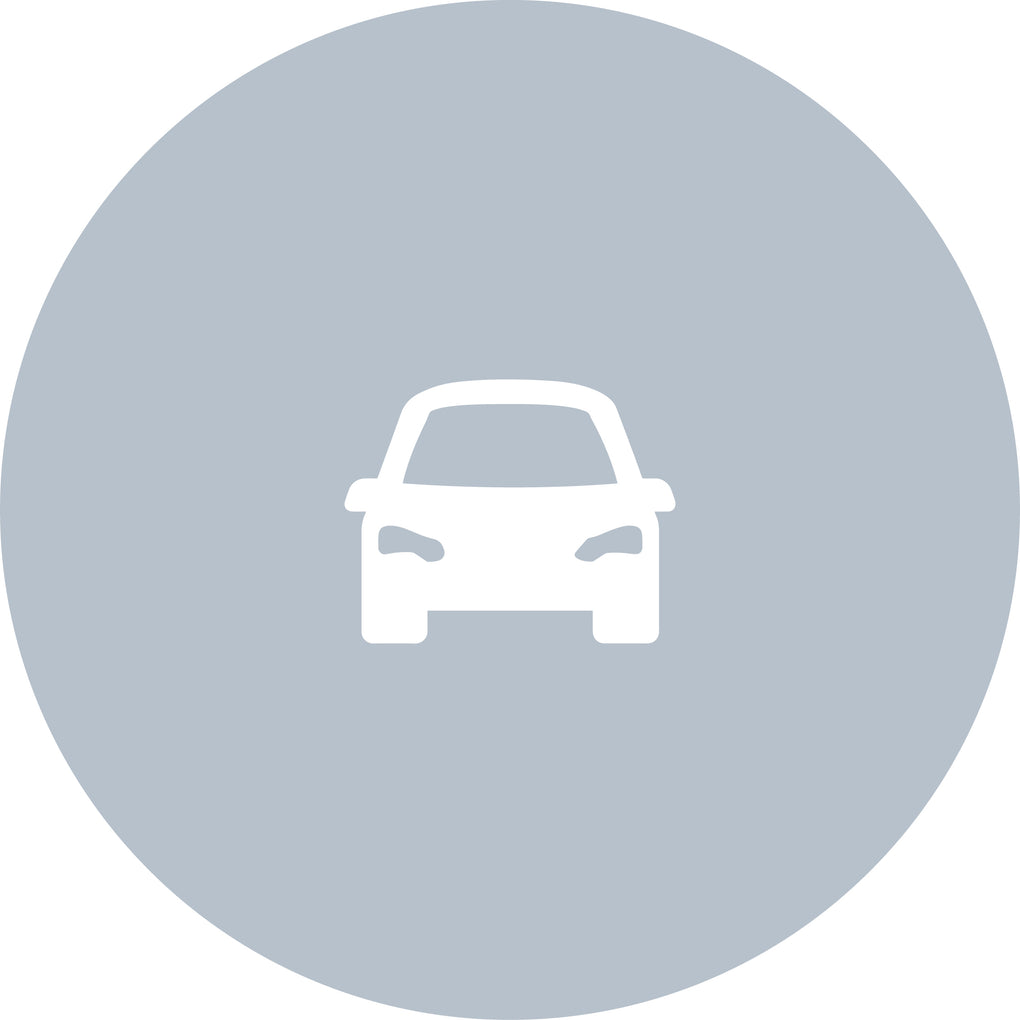Here at Natural Baby Shower, we want to be on hand to provide all the information you need to help solve that puzzling parenting problem.
That’s because we know no two parents will have the exact same experience. Even from day one of pregnancy, some people may find it a walk in the park yet for others, that’s simply not the case. Well, the same goes for breastfeeding! And, whether you’ve chosen to breastfeed/chest feed or bottle feed, there is an art to everything and mastering it comes with time, practice, and a handy tip or two!
So, we’ve chosen to spill the tea – or milk – on how to master the art of breastfeeding, with top tips from the experts and advice from generations of experienced-expressers…
The Breastfeeding Basics
So, you’re starting to think about breastfeeding or, you’ve given it a go but need some more guidance – where do you start? Well, it’s always good to understand what breastfeeding is and why it’s chosen by so many who want and can express after giving birth.
Firstly, it’s important to note that while breastfeeding (sometimes known as chest feeding) is natural, it doesn’t always come naturally. So, deciding whether to do it or not is truly a personal choice and one that should fit in with your life and body.
However, if you do decide to breastfeed, there are quite a few benefits to note – for both you, your little one and mother earth.
For parent:
Breastfeeding not only helps the uterus to contract to size after giving birth, it’s also been noted to help decrease risk of breast cancer, ovarian cancer and diabetes.
For baby:
Your breastmilk is formulated to contain the best nutrients and antibodies for baby to help protect them from infections. Even the fats and enzymes found in breastmilk improves digestion and can help to prevent nappy rash. Studies have also shown that breastfed babies tend to have less food allergies and amazingly possess higher IQ’s!
For planet:
Breastfeeding uses less plastic and less energy plus, there’s less formula to be manufactured, packaged etc... it truly is Mother Nature’s best friend!
Getting Started
The key to starting out is mastering the first latch. A latch refers to how well baby fastens to the breast when feeding. A good latch promotes a high milk flow and minimises your nipple discomfort, whereas a poor latch can lead to sore or cracked breasts due in part from not being able to transfer sufficient amounts of nutrients to baby.
Latching
- Make sure to find somewhere comfortable for both you and baby to start out. A lot of people are encouraged to try breastfeeding straight after giving birth, as this is when the body releases “colostrum” which is a milk-like fluid that is super high in nutrients. Plus, if you’re in hospital you’ll be able to get expert help and guidance from your midwife.
- When you feel that you're comfortably positioned and ready, bring your little one’s nose in line with your nipple. This will encourage them to open their mouth while tilting their head back.
- Then, point your nipple to face the roof of their mouth however, making sure that their nose is clear and away from your breast so they can still breathe.
- While you should feel some pressure once they start to naturally suckle, you shouldn’t feel any long-term pain. If you do, try these repositioning techniques below, and go again.
Positioning
So, you’ve tried to find a comfortable position and it’s not gone too well. If you haven't already, investing in a good nursing pillow to help support your little one and cushion your body will be a feeding saviour. Otherwise, the next steps to consider are other ways to breastfeed - as after all, our bodies are all different with different breast sizes so what works for some, may not work for others. Some of the positions recommended by experts include:
Cradle
This is probably the most common position and one that you’ve likely tried on your first attempt. The cradle motion holds baby’s head in your forearm while their body is supported across your torso.
Sitting up
When sat upright, your body will be long enough for them to be held against you parallel to yours or even in a baby carrier.
Underarm hold
In this position you can sit with your little one resting along your forearm. Their body tucks alongside your side or ribs with the feet towards the back of the chair, or whatever you’re sitting on.
Side-lying position
Perfect for night feeds, this position allows you to lay down parallel to your baby. Their head is level with the nipple closest to the bed, and your arms are free to manoeuvre them to latch on.
Laid-back
If you’re recovering from a C-section, laying down with baby on your chest will be the most comfortable way to feed. Simply place them onto your shoulder and arm with their head level with your nipple. This will alleviate any pain from pressure on your tummy – though you may need a helping hand for this position.
Solving the Problem
Every breastfeeding parent may have a few hiccups along the way so, we’ve covered some of the potential obstacles you may face and what to do to solve it.
Painful latching
While pressure is normal, you should not feel continued pain throughout feeding. If a pain lasts more than a minute, it’s likely you haven’t latched right. Remove your little one’s mouth from the breast and try again.
Mastitis
On the other hand, painful breasts can be a sign of mastitis. Mastitis is a bacterial infection in the breast which causes tenderness and sometimes swelling along with flu-like symptoms including fever. To treat mastitis, you may be prescribed antibiotics from your GP or pain relief to let it clear up on its own. It is still safe to breastfeed even with mastitis in fact, health specialists recommend it to help clear the infection.
Sore, cracked nipples
Cracked and sore nipples is a very common breastfeeding symptom – sorry! However, it is most common in the early stages and in most cases, clears up soon after you start. It is often caused by an incorrect latch, regular feeding and yeast or skin infections. Luckily, your breast milk is the biggest cure! Simply express a few drops onto the nipple and allow to absorb in after feeds.
Thrush
Your little one can develop thrush in their mouth thanks to the moist, warm environment of breastfeeding. If this occurs, make sure to speak to your GP for some antifungal medication and treat both the mouth and your nipple.
Blocked ducts
Sometimes, when the breast is not fully emptied of milk, the breast ducts can get blocked. It can be quite difficult to completely empty your milk supply in the first few weeks as it’s likely you'll overproduce breastmilk during this period. So, when starting out, keep a warm heat pack close and make sure to massage your breasts throughout expressing to guarantee all that goodness is out!
Sleeping
A newborn baby loves to sleep – and sometimes this can happen during a feed. If this happens early on into the feed, give their feet a little tickle or stroke their face to stimulate them to continue suckling. You’ll most likely find as they get older, this problem won’t continue.
Tenderness
At first, your breasts may feel somewhat tender thanks to all the lovely breastmilk you’re carrying. You’ll be glad to know however, this should only last a few weeks, as at 8 weeks your body begins to regulate its milk supply. To help during the 8 weeks, avoid cupped bras to allow for fluctuations in your breast size.
Breast size
All breasts come in different shapes and sizes yet, they’re equally effective at breastfeeding and it’s a myth that size has any correlation with milk production! While large and small breasts are definitely not a problem, their shape and size may affect the way you need to breastfeed. For those with fuller busts or lower pointed nipples, you may find that a nursing bra will help prop up the breast to help with latching.
On the other hand, women with small breasts may find they're not able to hold as much milk in their breasts as women with larger breasts. Imagine small breasts are like small containers, so they potentially have less storage capacity short term. This simply means is that if you have small breasts, you may need to breastfeed more often, especially as your child grows.
Getting enough milk
One thing many breastfeeders worry about is whether their baby is getting enough milk. For those who have chosen to solely breastfeed, this can be an especially common concern. However, fear not as there are a few good indicators to let you know they are happy and healthy with their milk supply.
- Your little one suckles rapidly but then follows with longer, stronger sucks.
- Their cheeks are round, not sucked in and you can hear them swallow.
- They seem content and calm throughout the feed and unlatch when they’ve had enough.
- They’re a healthy weight and your midwife or health visitor isn’t concerned about their weight gain/loss.
- After the first week, their nappy should be wet at least 6 times a day and their poo no longer looks black and thick.
Shop the breastfeeding collection>>






